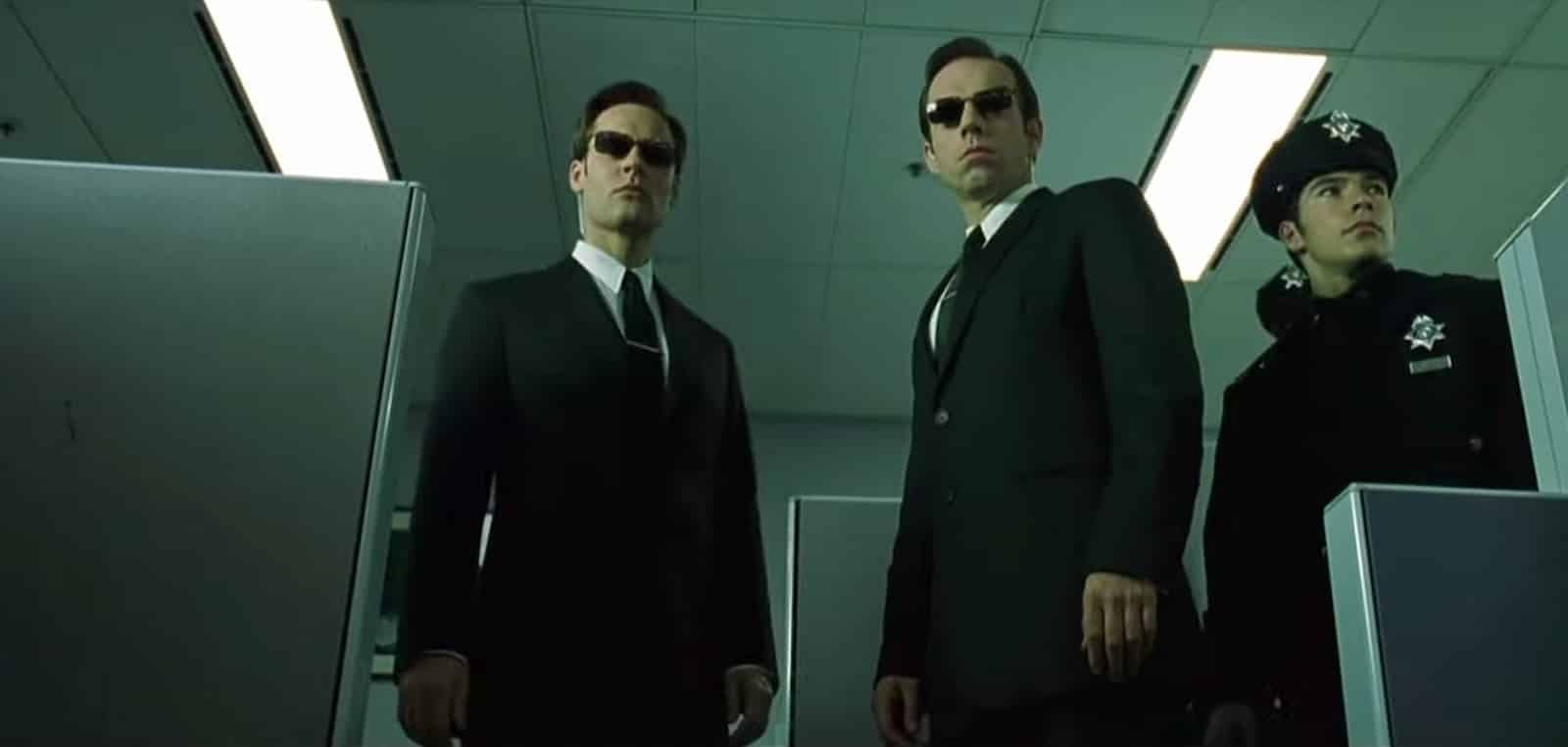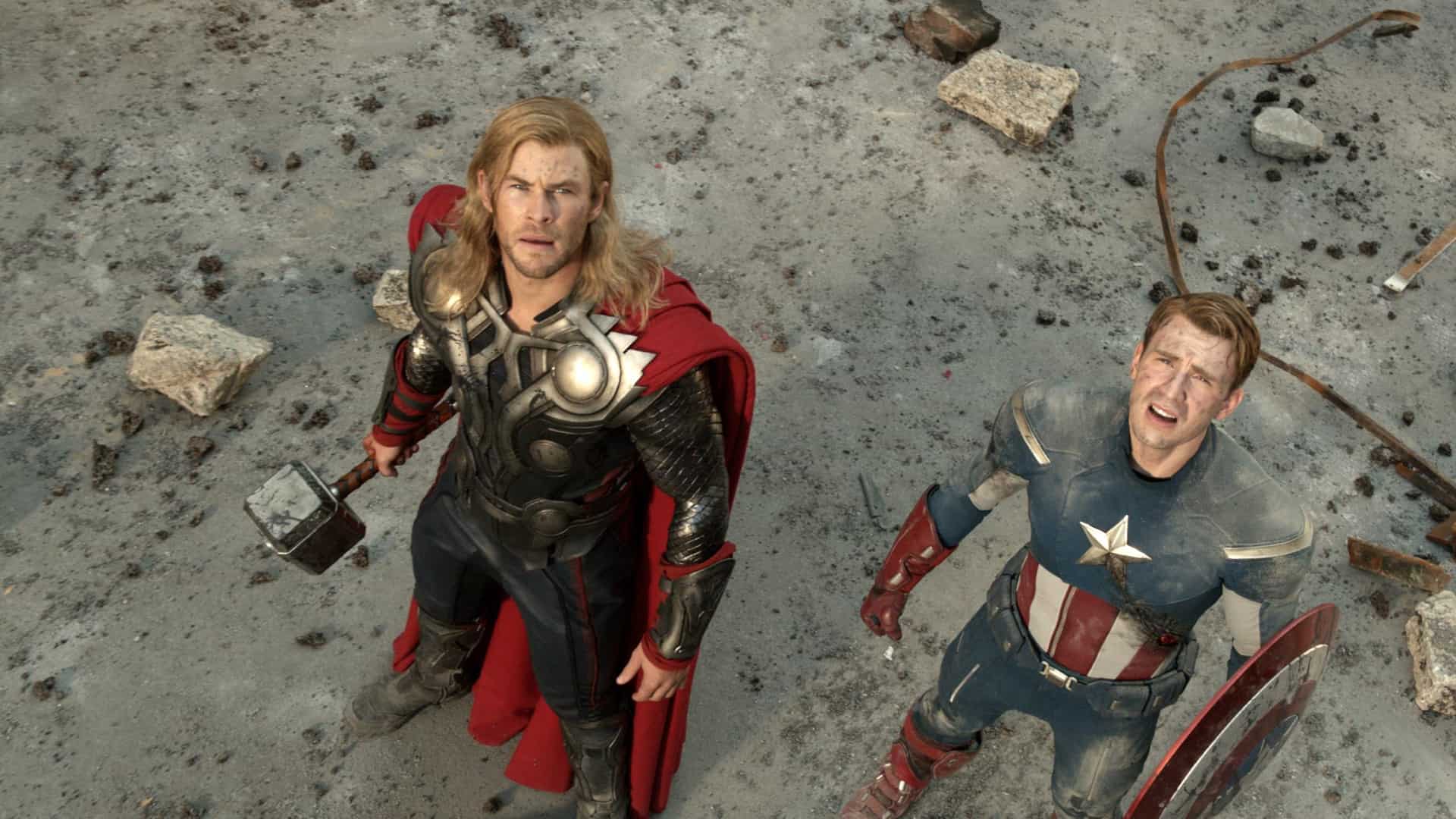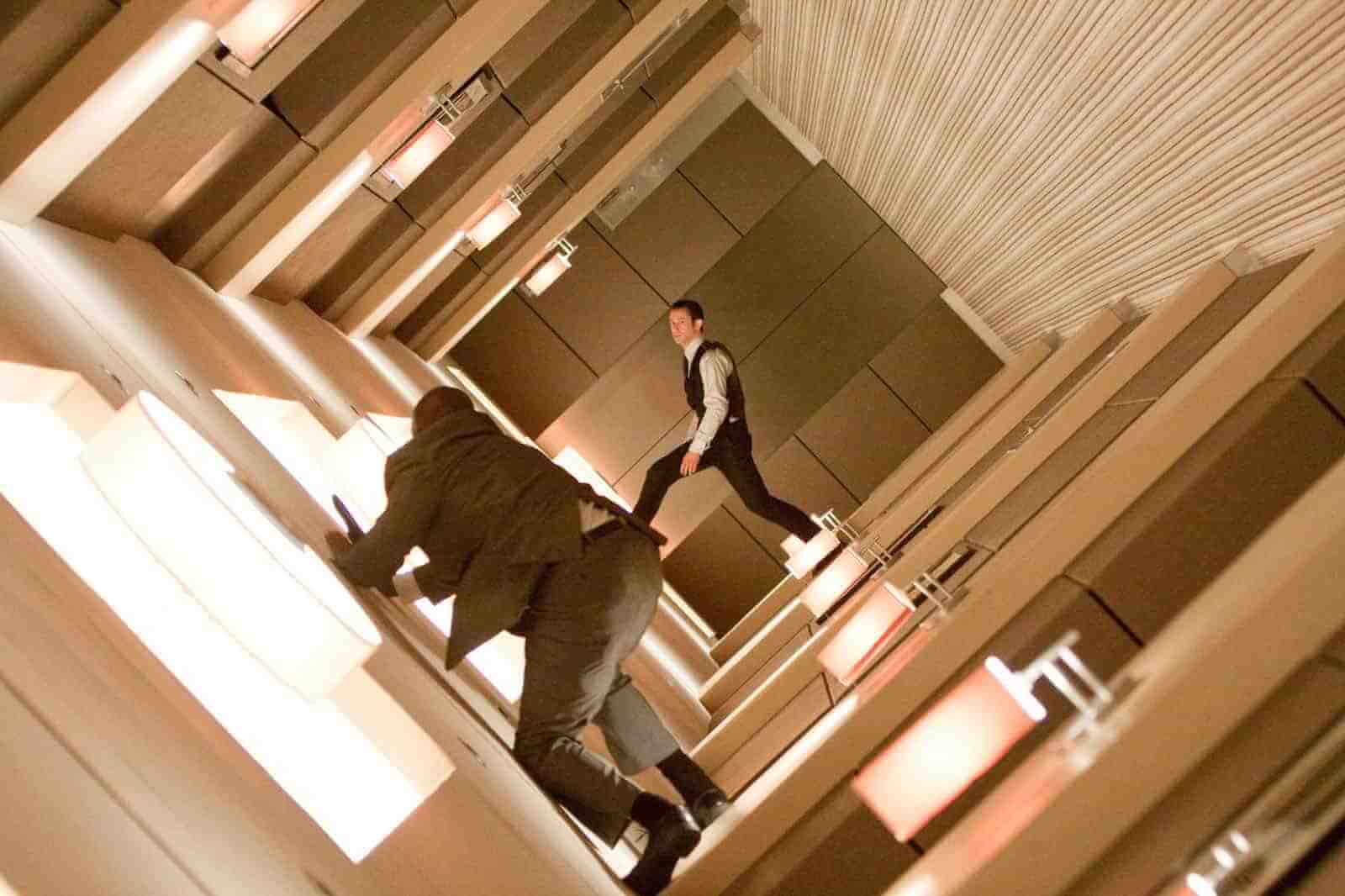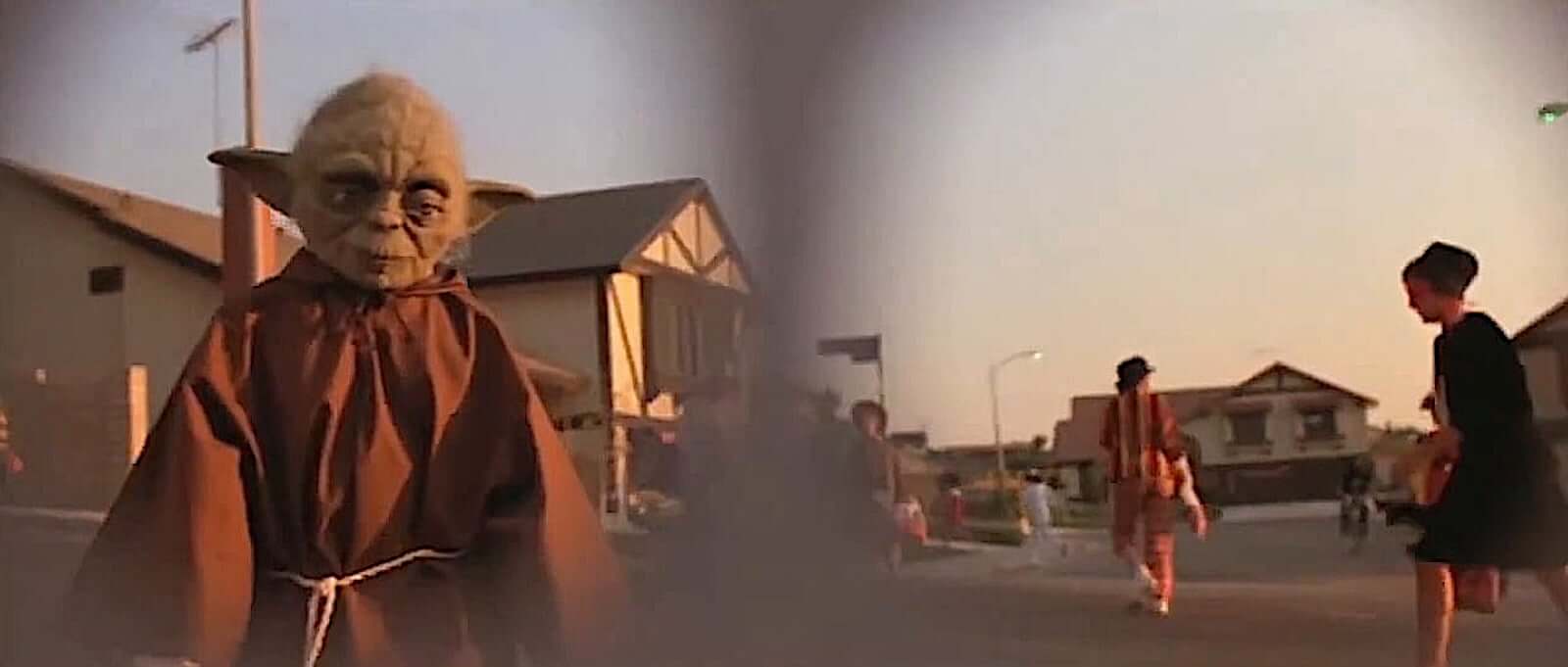STARTER: Can you work out the film from the close up from the poster?
1. Joker
2. 1917
3. Sonic the Hedgehog
4. Avengers: Endgame
5. Star Wars: The Rise of Skywalker
CAMERAWORK
Medium Close UpExtreme Close Up

Close Up

Mid Shot

Long Shot
Establishing Shot
Aerial Shot
Low Angle Shot

High Angle Shot

Canted Angle Shot

Point of View Shot

Over the Shoulder Shot

SCENE INSPECTION
Ego breaks the walkman
Peter comes to his senses
Ego turns into David Hasselhoff
You see close ups of both Ego and Peter in this scene when Peter is imprisoned by Ego. They share close ups and then Ego breaks the walkmen.
We see the story through Peter's eyes as it unravels before us where as Ego knows this information.
The camera's constantly switch between Ego and Peter in this scene.
When Ego breaks the walkman to camera doesn't cut to Peter's face but quickly moves to face him.
The camera helps to show us the struggle that builds as the scene progresses.
The first shots of this scene switch between showing Peter and Ego as they speak to establish that this is a two man scene.
Certain shots follow each other so the camera's make the scene naturally progress. For example, 2 over the shoulder shots are followed by a side shot of the characters.
A wide shot during the quote "we are beyond such things" helps to reinforce Ego's grandeur.
The shots tend to change whenever each character starts speaking. They change a bit more frequently as the tension builds.
Get Creative
As the man walks into the bar I would use a low angle to show that the bar is dark. As the people look at him I would use close ups of each of them followed by a wide shot of them all staring at him. As the barman stares I would use a mid shot. Then as the man asks the question I would use a wide shot showing them both. That would be followed by a close up when the man says that Tony isn't available. The last shot would be a close up of the man's fist. This is to create an effect of anger in the man as you see only his fist which implies violence.






